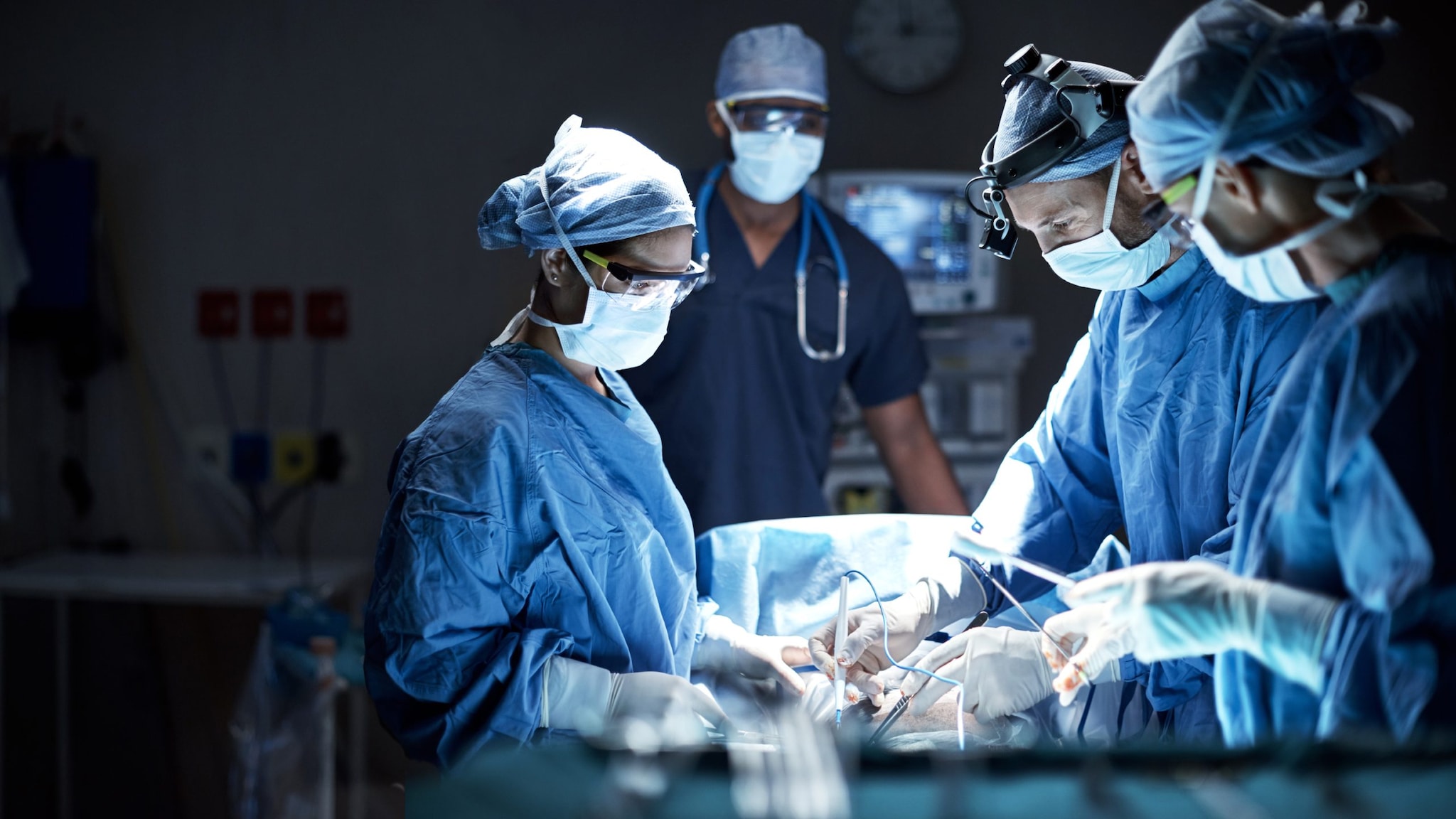What to know
Iatrogenic transmission of the CJD agent has been reported in more than 500 patients. Most have been linked to contaminated human growth hormone and dura mater grafts. A small number have been linked to corneal transplants, contaminated neurosurgical instruments and stereotactic EEG depth electrodes. All equipment-related iatrogenic cases occurred before sterilization procedures currently used in health care facilities were routine. No such cases have been reported since 1976. No CJD cases have been associated with exposure to the CJD agent from surfaces such as floors, walls, or countertops.

Reprocessing surgical instruments
Inactivation studies have not rigorously evaluated the effectiveness of actual cleaning and reprocessing methods used in health care facilities. Instead, recommendations to reprocess potentially CJD-contaminated instruments are primarily derived from in vitro inactivation studies. These studies used either brain tissues or tissue homogenates, both of which pose enormous challenges to any sterilization process.
The World Health Organization (WHO) has CJD infection control guidelines to guide health care workers caring for CJD patients. Destruction of heat-resistant surgical instruments that come in contact with high-infectivity tissues is the safest method. However, it may not be practical or cost effective. In that case, healthcare providers should follow sterilization methods for tools used on suspected or confirmed CJD patients.
Instruments should not be allowed to air dry during the surgical procedure. They should instead be kept moist by immersing them in water or disinfectant solution.
Chemical and autoclave sterilization
The three most stringent sterilization methods for heat-resistant instruments are described in Annex III of the WHO guidelines. They are listed below in order of more to less severe treatments.
Sodium hypochlorite may be corrosive to some instruments, such as gold-plated instruments. The instrument manufacturer should be consulted about the instrument's tolerance of exposure to sodium hypochlorite before you use it. Instruments should first be decontaminated by a combination of the chemical and recommended autoclaving methods. Following those steps, you can put them through cleaning in a washer cycle and routine sterilization.
Method 1
- Immerse in a pan containing 1N sodium hydroxide (NaOH).
- Heat in a gravity displacement autoclave at 121°C for 30 min.
- Clean, rinse in water, and subject to routine sterilization.
CDC NOTE: Cover pan containing sodium hydroxide and take care not to spill NaOH in autoclave. Use containers with a rim and lid to collect and drip condensed NaOH back into pan. Be cautious handling hot sodium hydroxide solution (post-autoclave) and avoid potential exposure to gaseous sodium hydroxide. Exercise caution during all sterilization steps. Allow the autoclave, instruments, and solutions to cool down before removal.
Method 2
- Immerse in 1N NaOH or sodium hypochlorite (20,000 ppm available chlorine) for 1 hour.
- Transfer instruments to water.
- Heat in a gravity displacement autoclave at 121°C for 1 hour.
- Clean and subject to routine sterilization.
CDC NOTE: Sodium hypochlorite may corrode some instruments.
Method 3
- Immerse in 1N NaOH or sodium hypochlorite (20,000 ppm available chlorine) for 1 hour
- Remove and rinse in water.
- Transfer to open pan and heat in a gravity displacement (121°C) or porous load (134°C) autoclave for 1 hour.
- Clean and subject to routine sterilization.
CDC NOTE: Sodium hypochlorite may corrode some instruments.
FDA investigators evaluated the effects to surgical instruments of the steps involved in the sterilization protocols listed above. They found much of the damage from autoclaving in sodium hydroxide was cosmetic and would not affect the performance of the instruments.
Soaking in sodium hydroxide had the least damaging effect on instruments. Immersion in sodium hypochlorite bleach caused severe damage to some instruments. This article provides more details.
Reprocessing instruments used in patients w/o CJD diagnosis
Sometimes, it's not yet known if a patient undergoing neurosurgery has CJD (or another prion disease). In these cases, instruments involved in these procedures should be reprocessed as if the patient has suspected or confirmed CJD.
Unless the patient is diagnosed with something that is not CJD, consider them as suspect CJD for all infection control requirements.
Decontaminating heat-sensitive instruments
All disposable instruments, materials, and waste that came in contact with potentially prion-infected tissue should be incinerated. This is true whether it had contact with high-infectivity or low-infectivity tissues of a suspect or confirmed CJD patient. High-infectivity tissues include the brain, spinal cord, and eyes. Low infectivity tissues include cerebrospinal fluid, kidneys, liver, lungs, lymph nodes, spleen, and placenta.
Surfaces and heat-sensitive re-usable instruments that come in contact with high- and low-infectivity tissues should be decontaminated. This can be done by flooding with or soaking in 2N NaOH or undiluted sodium hypochlorite for 1 hour. They should be rinsed with water after an hour or more.
CDC NOTE: Sodium hypochlorite may be corrosive to some instruments.
Embalming patients with suspected or confirmed CJD
An autopsied or traumatized body of a suspected or confirmed CJD patient can be embalmed. Precautions outlined in the WHO CJD infection control guidelines should be used.
CJD patients who have not been autopsied or whose bodies have not been traumatized can be embalmed using Standard Precautions.
Family members of CJD patients should be advised to avoid contact if their loved one has been autopsied. This includes touching or kissing the patient's face. However, if the patient has not been autopsied, such contact need not be discouraged.
